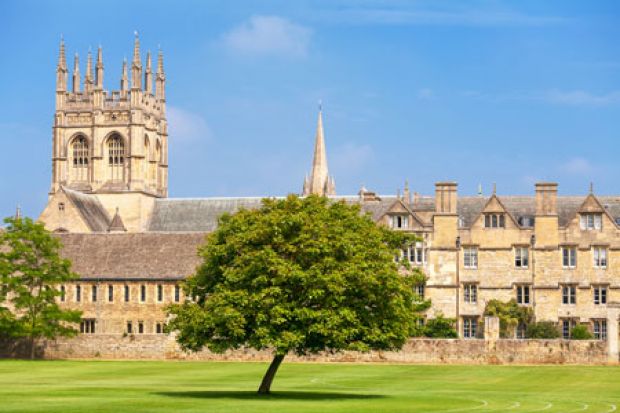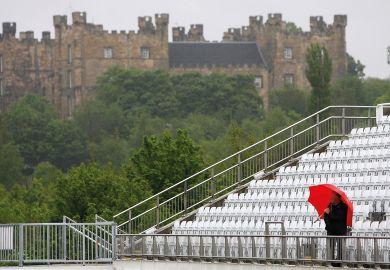A total of 1,505 state school pupils were admitted to full-time courses at Oxford in 2012-13, down on the 1,545 who entered the previous year, according to information published by the Higher Education Statistics Agency on March.
It means Oxford has the lowest proportion of state school pupil entrants – 57.4 per cent – of any university in England, once small and specialist higher education institutions are excluded.
Meanwhile, state school admissions at Cambridge increased by 45 places to 1,570 in 2012-13, with the proportion of state school pupils admitted rising from 57.7 per cent to 63 per cent, Hesa said.
It means the University of Bristol now has a higher proportion of private school entrants than Cambridge, with 59.4 per cent of entrants from state schools in 2012-13, down from 59.9 per cent in 2011-12.
The University of St Andrews has highest proportion of private school entrants in Scotland, with just 58.7 per cent of entrants from state schools.
Other universities with relatively high proportions of independent school entrants include the University of Durham (63.4 per cent from state schools), Imperial College London (64.7 per cent), University College London (65.7 per cent) and the University of Exeter (69.1 per cent).
Overall, the proportion of university first-year students coming from state schools hit an all-time high, 89.3 per cent, Hesa said.
In its release titled Widening participation of under-represented groups, Hesa also confirmed that the proportion of students from poorer families starting university was at its highest level in 2012-13, despite a slump in overall recruitment.
Some 32.3 per cent of young entrants to full-time undergraduate courses in 2012-13 were from the four lowest socio-economic categories – up from 30.7 per cent in 2011-12.
Some 10.9 per cent of students came from areas where higher education participation rates are low, also the highest rate since indicators were available, the Hesa release said.
The number of students from poor families also increased in 2013-14, the Chancellor George Osborne revealed in December’s Autumn Statement.
The Hesa figures show that the proportion of young students not continuing their studies beyond their first year was at a record-low of 5.7 per cent in 2011-12.
Les Ebdon, director of fair access, said he was pleased to see rising proportions of people from disadvantaged backgrounds in higher education.
“This means we’re moving closer to a student body that reflects the wider population rather than just those who were born into a particular social group,” Professor Ebdon said.
He added the figure underlined previous evidence from other admissions figures that show “the introduction of the £9,000 fee cap in 2012-13 did not deter people from low-income backgrounds from going to university”.
“This reflects the work and investment of universities and colleges in their outreach programmes,” he said.
Register to continue
Why register?
- Registration is free and only takes a moment
- Once registered, you can read 3 articles a month
- Sign up for our newsletter
Subscribe
Or subscribe for unlimited access to:
- Unlimited access to news, views, insights & reviews
- Digital editions
- Digital access to THE’s university and college rankings analysis
Already registered or a current subscriber? Login




